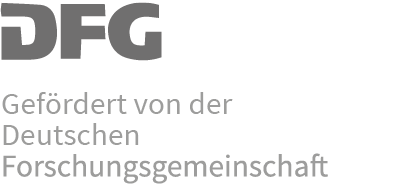Many processes in the real world may be described from the mathematical point of view as time continuous dynamical system. Unfortunately, their solutions are not always easy to find. In such cases, the application of numerical schemes, or in other words of discretization techniques, is useful to obtain at least approximate solutions and to gain insight into the qualitative and quantitative behavior of the actual dynamical system. When the original continuous dynamical system has particular geometric or structural features, it is a primary requirement that its
discretizations preserve those to a certain extend. However, it is in general impossible to achieve a complete correspondence, even if the discretization is performed in some kind of structure preserving way. This discrepancy can be rigorously established in some specific cases and is easily apprehensible in a more general perspective, since any practical discretization introduces a perturbation in the original time continuous dynamics. Thus, the question arises of how to control the discrepancies between the perturbed and unperturbed dynamics, in particular,
concerning the long-term behavior. Since this question is too general to admit a unified answer, the B4 project addresses it in two specific situations, namely symplectic integrators applied to integrable systems and nonholonomic integrators.
In particular, nonholonomic systems play a fundamental role in Mechanics. They include, for instance, rolling bodies on a surface which do not slide, such as wheeled vehicles or, as a very basic example, a rolling coin. Mathematically speaking, these systems are characterized by the so-called nonholonomic constraints: restrictions of the motion that involve the velocity variables. Moreover, as compared to holonomic systems, their equations of motion are not obtained by Hamilton’s but instead by the Lagrange-d’Alembert variational principle. The dynamical behavior of nonholonomic systems differs radically from holonomic ones. For instance, while the total energy is preserved as in the holonomic case, for nonholonomic systems with symmetry, the momentum is not necessarily preserved. Such facts make nonholonomic systems special so that the straightforward application of standard discretization procedures is not adequate. The same is true for the class of so-called integrable systems, where the special structure is due to the existence of sufficiently many conserved quantities.
The philosophy in research project B4 is to study discretizations of time continuous autonomous systems by a corresponding non-autonomous perturbation of those, i.e. by an appropriately modified time continuous system. This approach is not only used to control the discrepancies in the dynamical behavior, but also to develop new and more efficient discretization schemes for integrable and nonholonomic systems.



